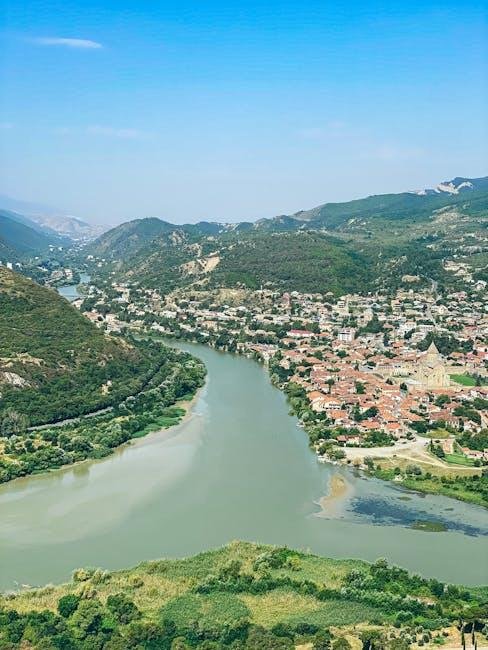The Most Ancient Palace in the World: What is it and Where Can You Find it?
When it comes to exploring the history of ancient civilizations, one cannot overlook the significance of palaces. These majestic structures often served as the seat of power, the residence of rulers, and the center of cultural and political activities. One of the most intriguing questions that researchers and history enthusiasts often ponder is: What is the oldest palace in the world?
Unveiling the Mysteries of Ancient Palaces
Palaces have a rich history that dates back thousands of years, with each region boasting its own architectural marvels and cultural landmarks. Exploring the origins of palaces can shed light on the social, political, and artistic developments of ancient civilizations. In the quest to uncover the oldest palace in the world, we delve into the annals of history and unravel the stories behind these ancient structures.
The Cradle of Civilization: Mesopotamia
Mesopotamia, often referred to as the cradle of civilization, is home to some of the oldest known palaces in the world. The ancient Sumerians, Akkadians, Babylonians, and Assyrians all left their mark on the fertile lands of Mesopotamia, constructing magnificent palaces that reflected their power and wealth.
The Sumerian Royal Palaces
In the city of Uruk, one of the earliest known civilizations in Mesopotamia, archaeologists have unearthed the remains of ancient palaces dating back to the 4th millennium BCE. These palaces, such as the White Temple and the Eanna Temple, were adorned with intricate murals, clay tablets with cuneiform inscriptions, and ceremonial artifacts.
Sumerian Royal Palaces:
|Palace Name|Location|Estimated Age|
|———–|——–|————-|
|White Temple|Uruk|4th millennium BCE|
|Eanna Temple|Uruk|4th millennium BCE|
The Assyrian Royal Palaces
The Assyrian Empire, known for its military prowess and architectural achievements, built grand palaces in cities like Nineveh and Nimrud. The palaces of King Sennacherib and King Ashurbanipal are renowned for their impressive sculptures, reliefs, and monumental gateways.
Assyrian Royal Palaces:
|Palace Name|Location|Estimated Age|
|———–|——–|————-|
|Palace of Sennacherib|Nineveh|7th century BCE|
|Palace of Ashurbanipal|Nineveh|7th century BCE|
The Legacy of Ancient Palaces
The legacy of ancient palaces transcends time and space, offering a glimpse into the lives of rulers, diplomats, and artisans who inhabited these grand structures. From the opulent halls of Babylon to the towering ziggurats of Ur, each palace tells a story of power, ambition, and cultural exchange.
Benefits and Practical Tips for Exploring Ancient Palaces
- Historical Insights: Visiting ancient palaces can provide valuable insights into the history and culture of past civilizations.
- Architectural Wonders: Appreciate the architectural marvels and artistic achievements of ancient builders and craftsmen.
- Cultural Enrichment: Immerse yourself in the rich tapestry of traditions, rituals, and beliefs that shaped ancient societies.
Conclusion: Unlocking the Secrets of Ancient Palaces
The quest to discover the oldest palace in the world leads us on a fascinating journey through the annals of history, from the Sumerian city-states to the Assyrian Empire. Each palace holds a unique story waiting to be told, a testament to the ingenuity and creativity of ancient civilizations. As we uncover the mysteries of these ancient structures, we gain a deeper appreciation for the enduring legacy of palaces and their role in shaping human history.
Explore the wonders of ancient palaces and unlock the secrets of the past, one majestic structure at a time. From Mesopotamia to Egypt, from Greece to Rome, the world is a treasure trove of architectural marvels waiting to be discovered. The answer to the question “What is the oldest palace in the world?” lies in the sands of time, waiting to be unearthed by curious minds and intrepid explorers.
rnrn





